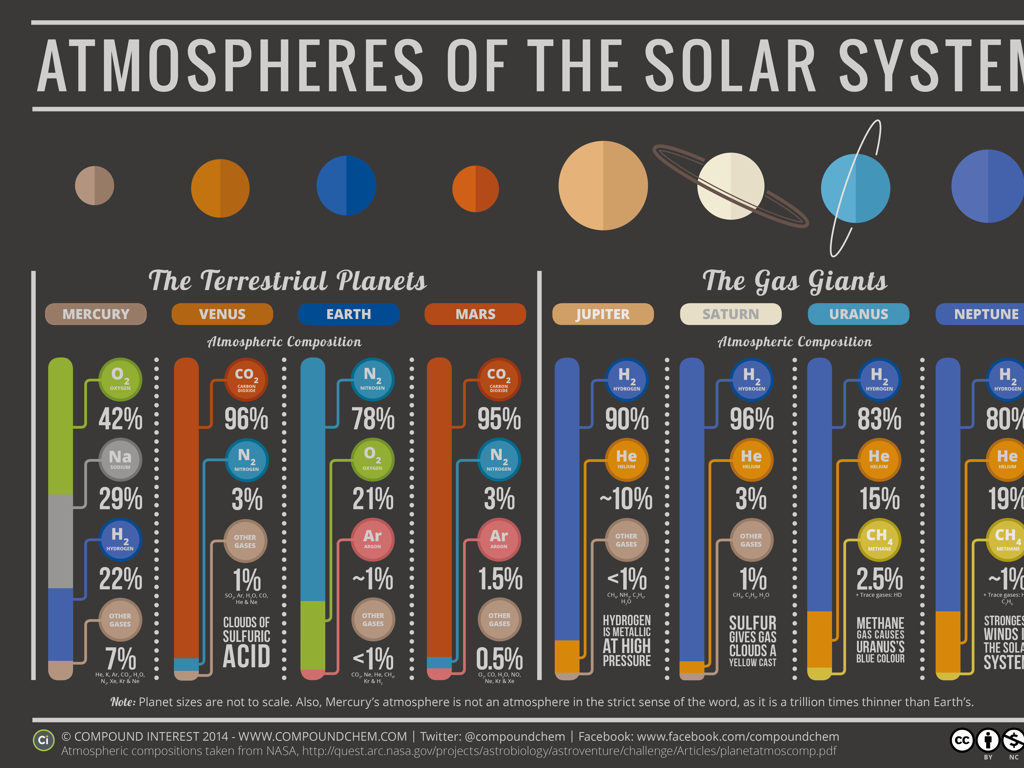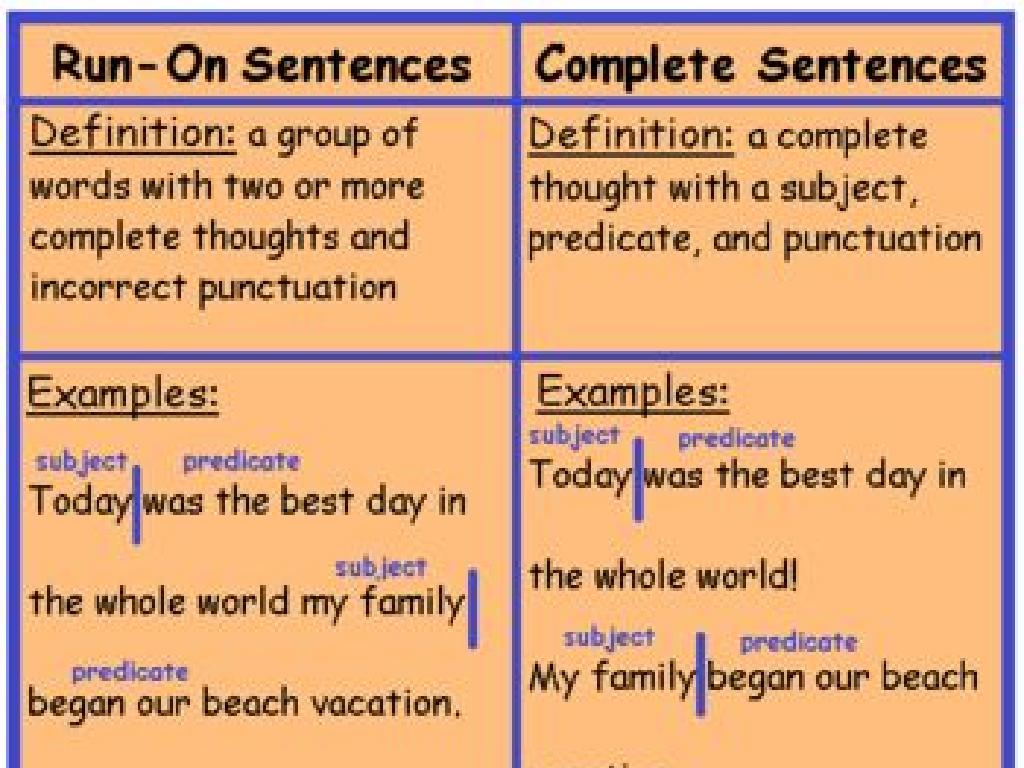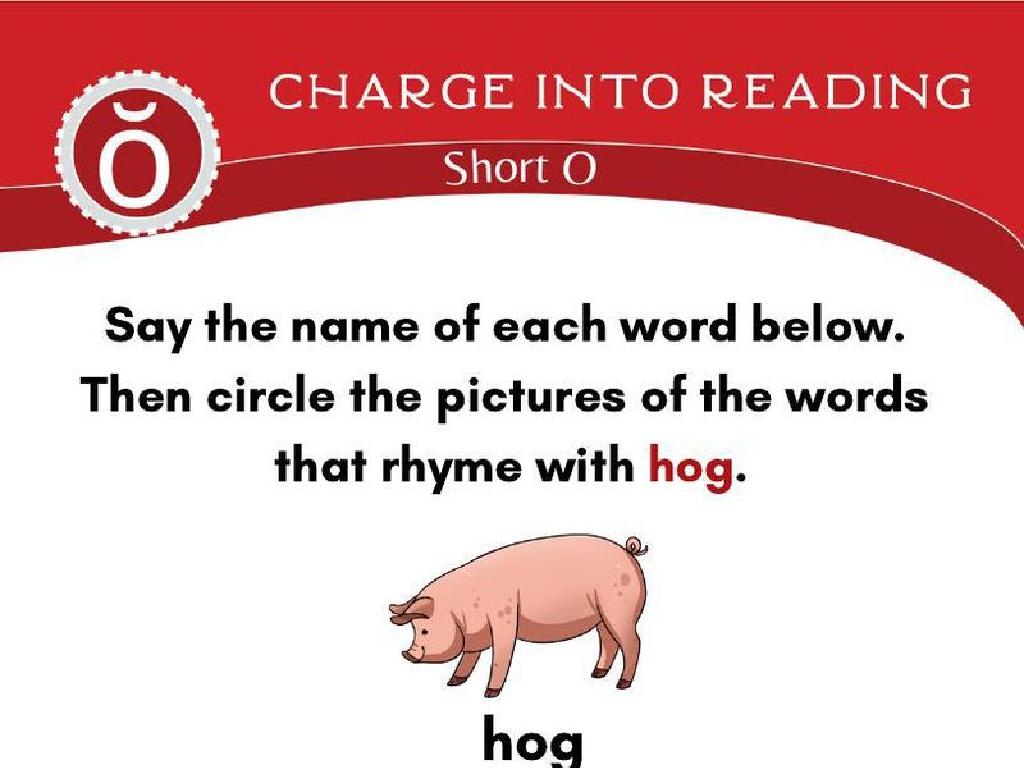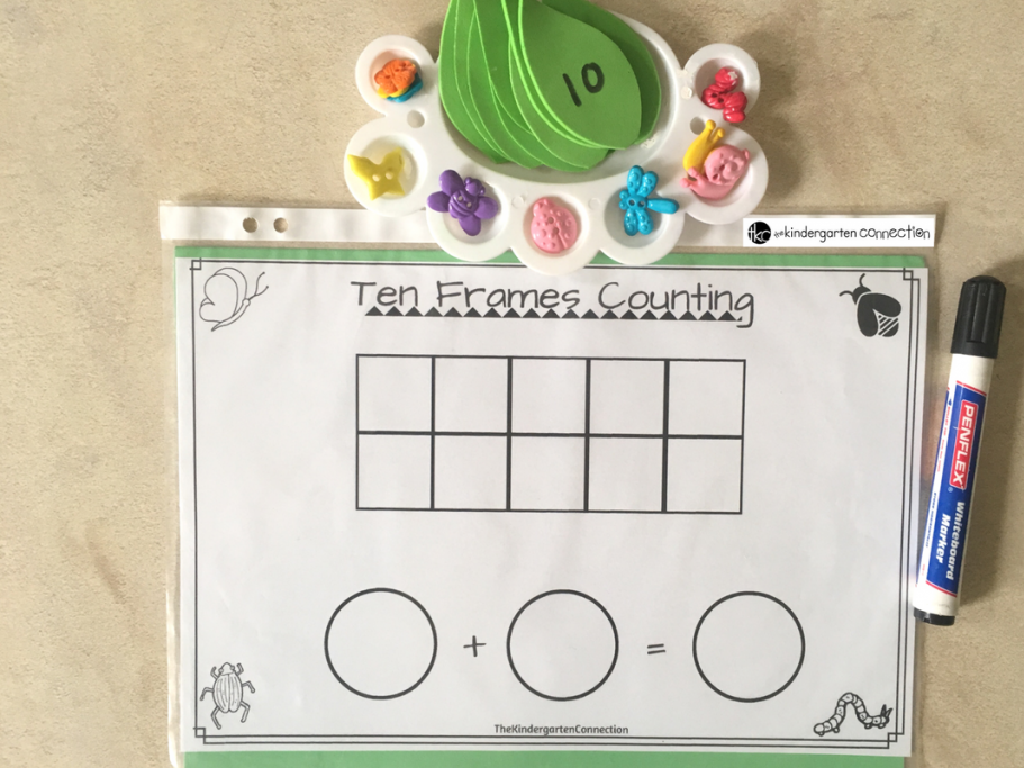Identify Parallelograms
Subject: Math
Grade: Fourth grade
Topic: Quadrilaterals
Please LOG IN to download the presentation. Access is available to registered users only.
View More Content
Exploring Parallelograms
– What is a parallelogram?
– A quadrilateral with opposite sides parallel
– Identifying parallelograms
– Look for pairs of parallel lines
– Properties of parallelograms
– Opposite sides are equal and angles are congruent
– Describing parallelograms
– Use properties to explain why a shape is a parallelogram
|
Introduce the concept of parallelograms by defining them as quadrilaterals with opposite sides that are parallel. Explain that this is what sets them apart from other quadrilaterals. Show visual examples of parallelograms and non-parallelograms to help students identify them. Discuss the properties, such as opposite sides being equal in length and opposite angles being equal (congruent), which students can use to recognize parallelograms. Encourage students to describe shapes using these properties to reinforce their understanding. Provide hands-on activities where students can measure sides and angles to practice identifying parallelograms.
Exploring Quadrilaterals
– Definition of a quadrilateral
– A shape with four straight sides
– Examples of quadrilaterals
– Squares, rectangles, trapezoids
– Unique properties of each
– Squares have 4 equal sides, rectangles have opposite equal sides
– Parallelograms as quadrilaterals
– Parallelograms have opposite sides parallel and equal
|
Begin the lesson by defining a quadrilateral as a polygon with four sides. Provide common examples that the students are likely familiar with, such as squares, rectangles, and trapezoids, to help them relate to the concept. Discuss the unique properties of each quadrilateral, emphasizing that while all squares and rectangles are parallelograms, not all parallelograms are squares or rectangles. Highlight that parallelograms have opposite sides that are both parallel and equal in length, which is a key concept for students to understand as they learn to identify different types of quadrilaterals.
Characteristics of Parallelograms
– Opposite sides are parallel
– If one side is north-south, the opposite is too
– Opposite sides are equal in length
– Each pair of opposite sides measures the same
– Opposite angles are equal
– Angles across from each other are twins!
– Consecutive angles add to 180°
– Two angles next to each other make a straight line
|
This slide introduces students to the defining properties of parallelograms. Emphasize that opposite sides being parallel means they run in the same direction without meeting, like railroad tracks. Highlight that not only are these sides parallel, but they are also of equal length, which can be thought of as the two long sides of a door. For opposite angles being equal, use the analogy of mirror images to help students visualize the concept. When discussing consecutive angles, explain that they are like steps in a staircase that together turn a corner, making a straight line. Use a real-life example of a parallelogram, such as a book or a table, and demonstrate how the diagonals (lines connecting opposite corners) cut each other in half, creating equal parts. This will prepare students for the next activity where they will draw and measure their own parallelograms.
Identifying Parallelograms
– Practice distinguishing parallelograms
– Recall special parallelogram properties
– Opposite sides equal and parallel, opposite angles equal
– Spot parallelograms among quadrilaterals
– Look for quadrilaterals with these properties
– Use clues to identify parallelograms
– Clues: equal length markers, arrowheads for parallel
|
This slide is aimed at helping students apply their knowledge of parallelograms’ properties to identify them among other quadrilaterals. Encourage the students to recall the properties discussed in the previous lesson, such as opposite sides being equal and parallel, and opposite angles being equal. Provide them with examples of various quadrilaterals and guide them to look for visual clues like equal length markers or arrowheads indicating parallel sides. This will help them confidently distinguish parallelograms from other shapes. For the activity, consider having cut-outs of different quadrilaterals for hands-on practice or interactive slides where students can sort shapes based on their properties.
Parallelograms in Our World
– Parallelograms around us
– Look at floor tiles, art, and buildings
– Everyday life examples
– Book, photo frame, and table tops
– Think of more examples
– Use your imagination to find more
– Discuss and learn together
|
This slide aims to help students recognize parallelograms in the world around them, reinforcing the concept that math is not just in textbooks but part of our everyday lives. Show them how common items like books and tables are examples of parallelograms. Encourage students to be observant and creative in identifying parallelograms in their environment. This activity will help solidify their understanding of the shape and its properties. In the next class, have a discussion where students can share the examples they found and explain why they think those objects are parallelograms, fostering a collaborative learning environment.
Drawing Parallelograms
– Understanding parallelograms
– A parallelogram has opposite sides parallel and equal in length
– Tools needed: ruler and pencil
– Step-by-step drawing instructions
– Start with a straight line, then draw a second line at an angle. Connect ends with parallel lines.
– Practice makes perfect
– Try drawing several parallelograms to get the hang of it
|
This slide is designed to guide students through the process of drawing a parallelogram, which is a four-sided shape with opposite sides that are parallel and equal in length. Begin by explaining the properties of parallelograms. Show them how to use a ruler to draw straight lines and ensure that the opposite sides are equal by measuring them with a ruler. Encourage students to draw multiple parallelograms to practice. As they draw, they will better understand the shape’s properties. This activity will help solidify their understanding of parallelograms in a hands-on way.
Class Activity: Parallelogram Hunt
– Explore the classroom for parallelograms
– Find objects resembling parallelograms
– Work in pairs to list your finds
– Help each other and discuss why each object is a parallelogram
– Share your parallelogram list with the class
– Be ready to explain how you identified them
|
This activity is designed to help students recognize parallelograms in the world around them. Encourage them to look for objects with opposite sides that are equal in length and parallel. Remind them that rectangles and squares are also parallelograms. Provide guidance on how to work cooperatively in pairs and foster a supportive environment for sharing. Possible objects they might find include books, tablets, doors, and desks. Have a few examples ready in case students need help getting started. After the hunt, facilitate a discussion where each pair explains their findings and the characteristics that make each object a parallelogram. This will reinforce their understanding of the properties of parallelograms.
Parallelogram Hunt Recap
– Congratulations on the hunt!
– Recall parallelogram properties
– Opposite sides are equal and parallel
– Spot parallelograms around you
– Look for slanted rectangles in real life
– Practice makes perfect
– Try drawing your own at home!
|
Well done to all the students for participating in the parallelogram hunt activity. It’s important to reinforce the properties that define a parallelogram, such as opposite sides being both equal and parallel, and opposite angles being equal. Encourage students to continue observing their surroundings to spot parallelograms in everyday objects, which will help solidify their understanding of shapes. As homework, they can practice drawing parallelograms and identifying their properties to further enhance their skills.






